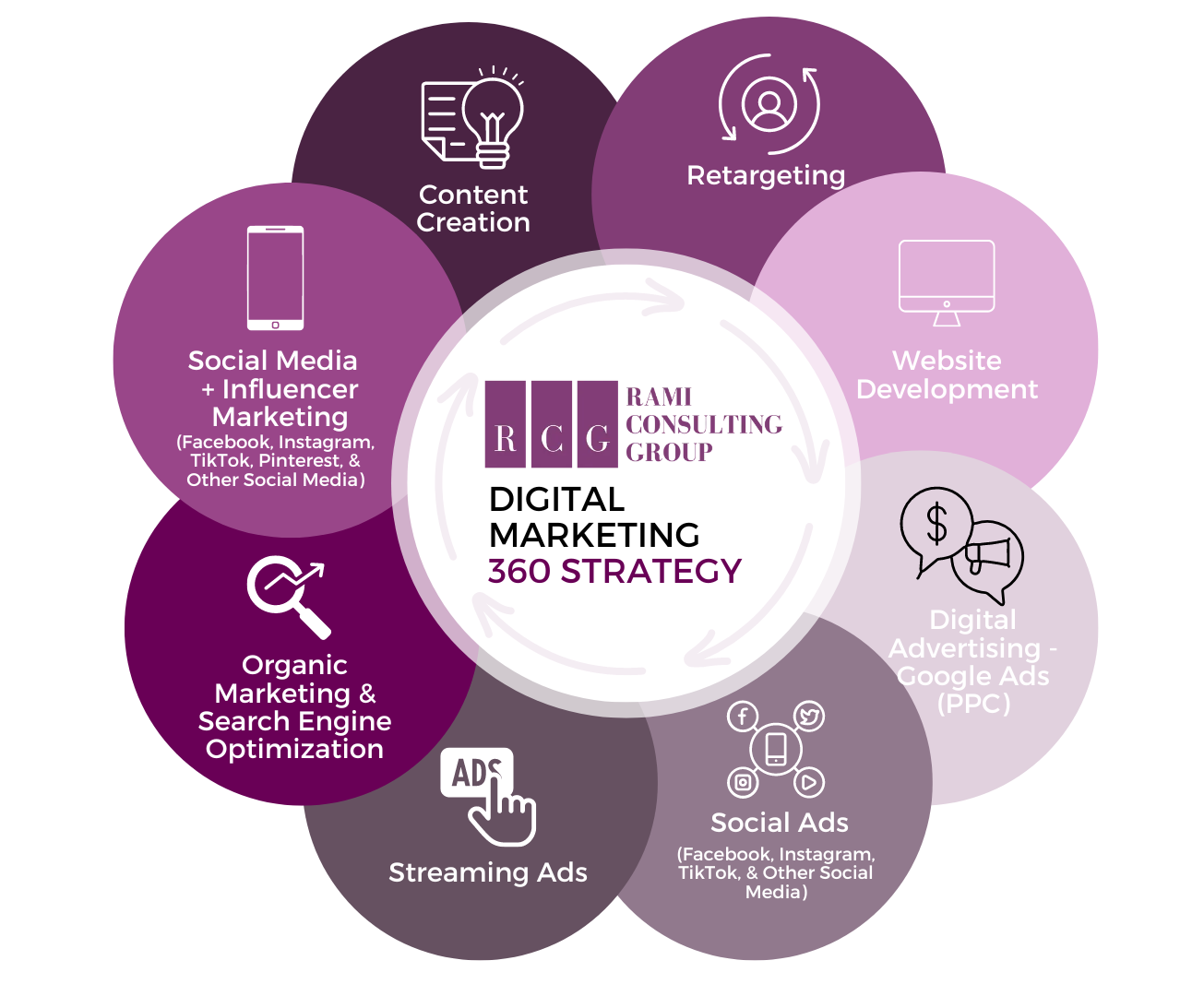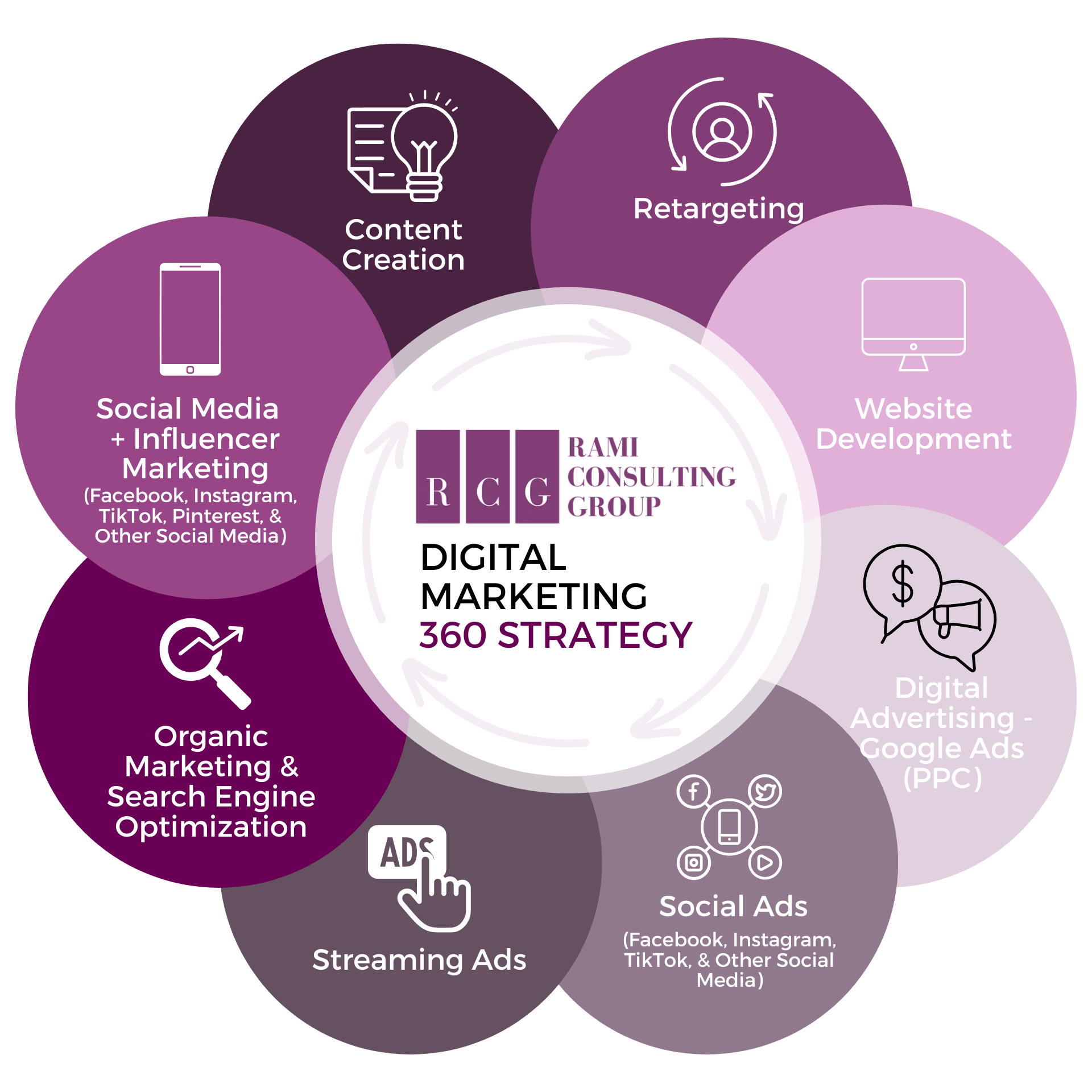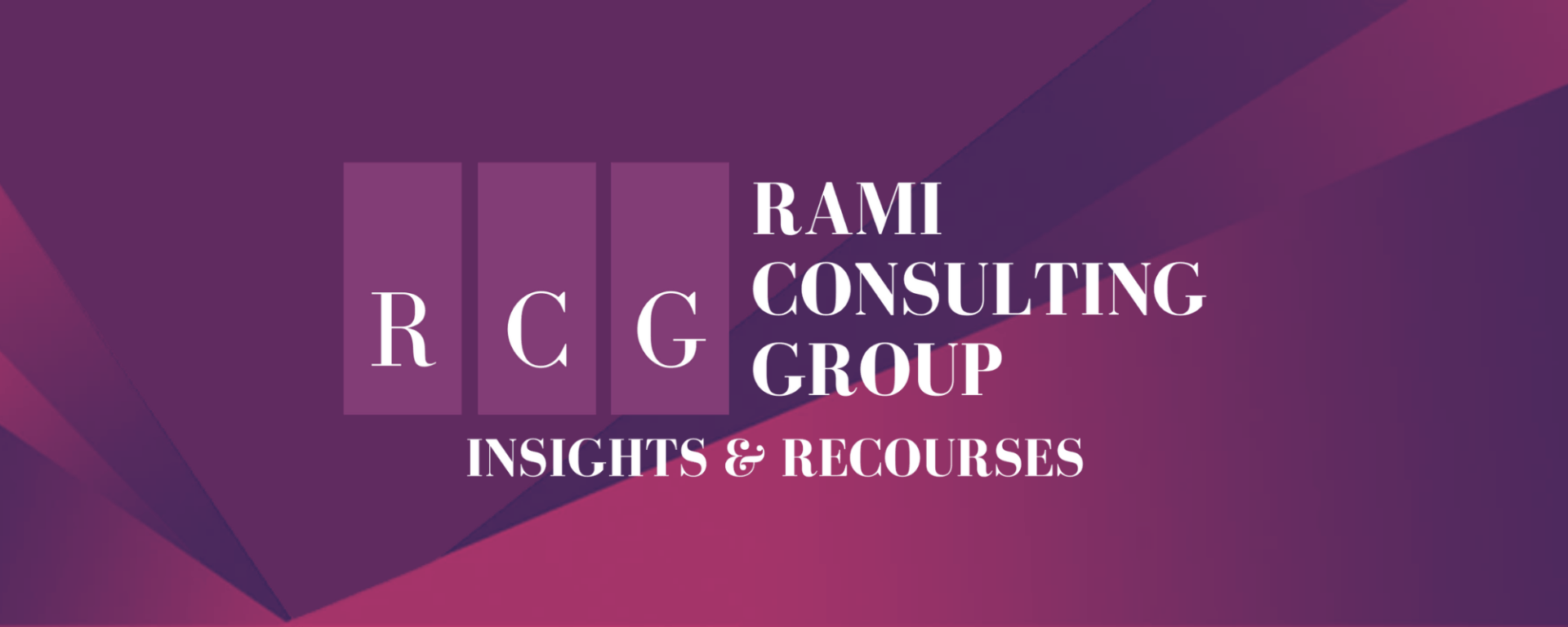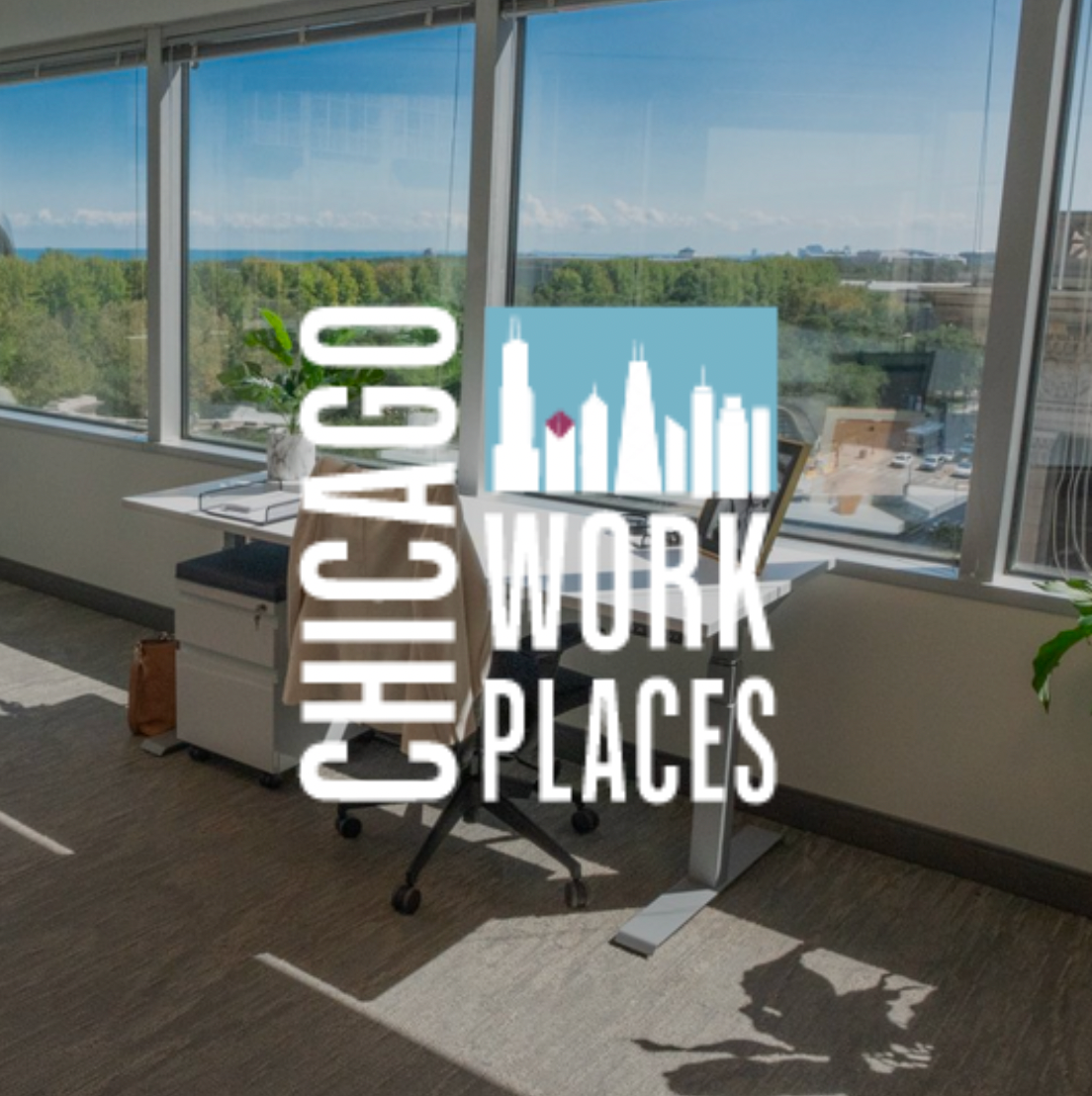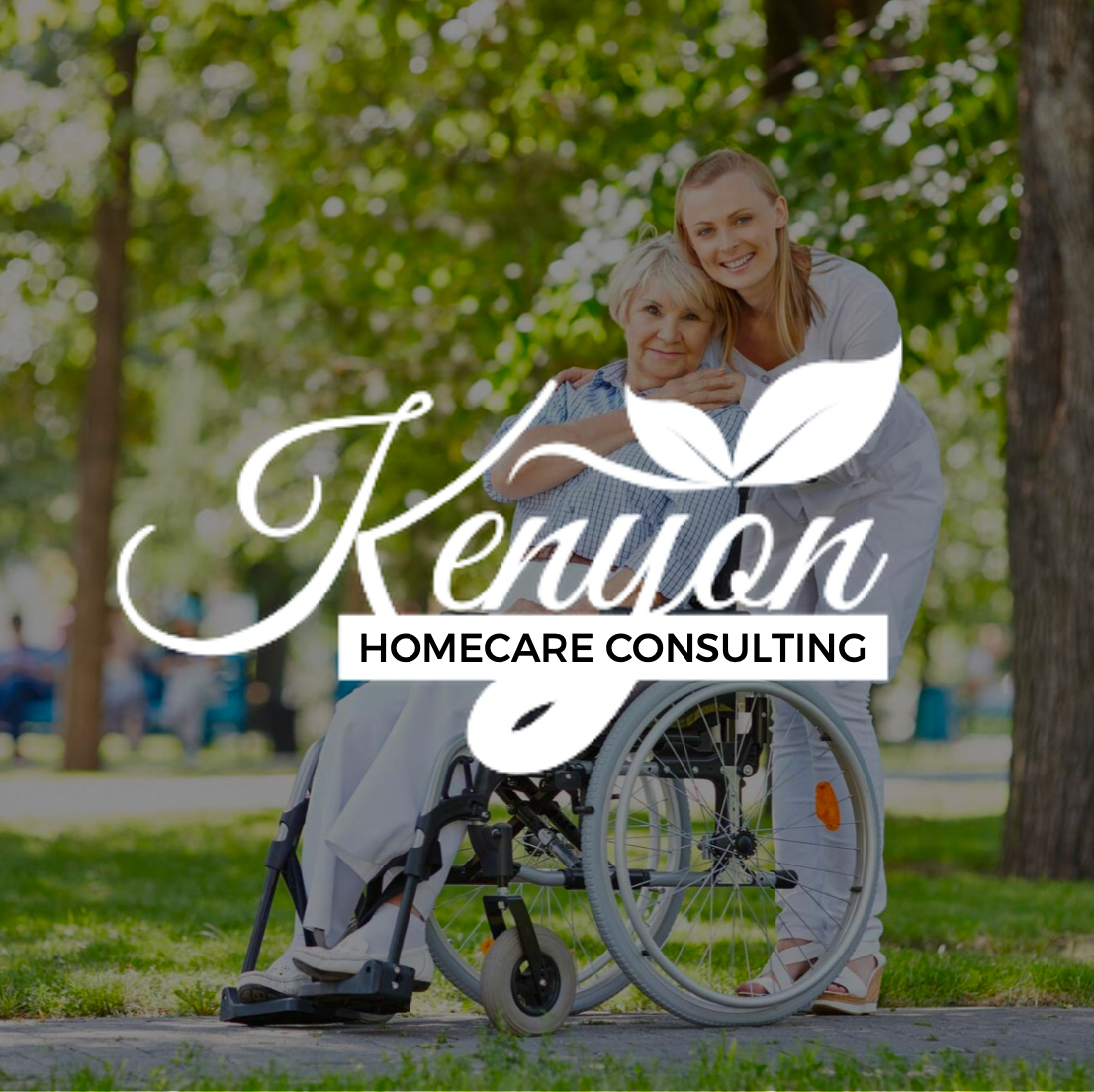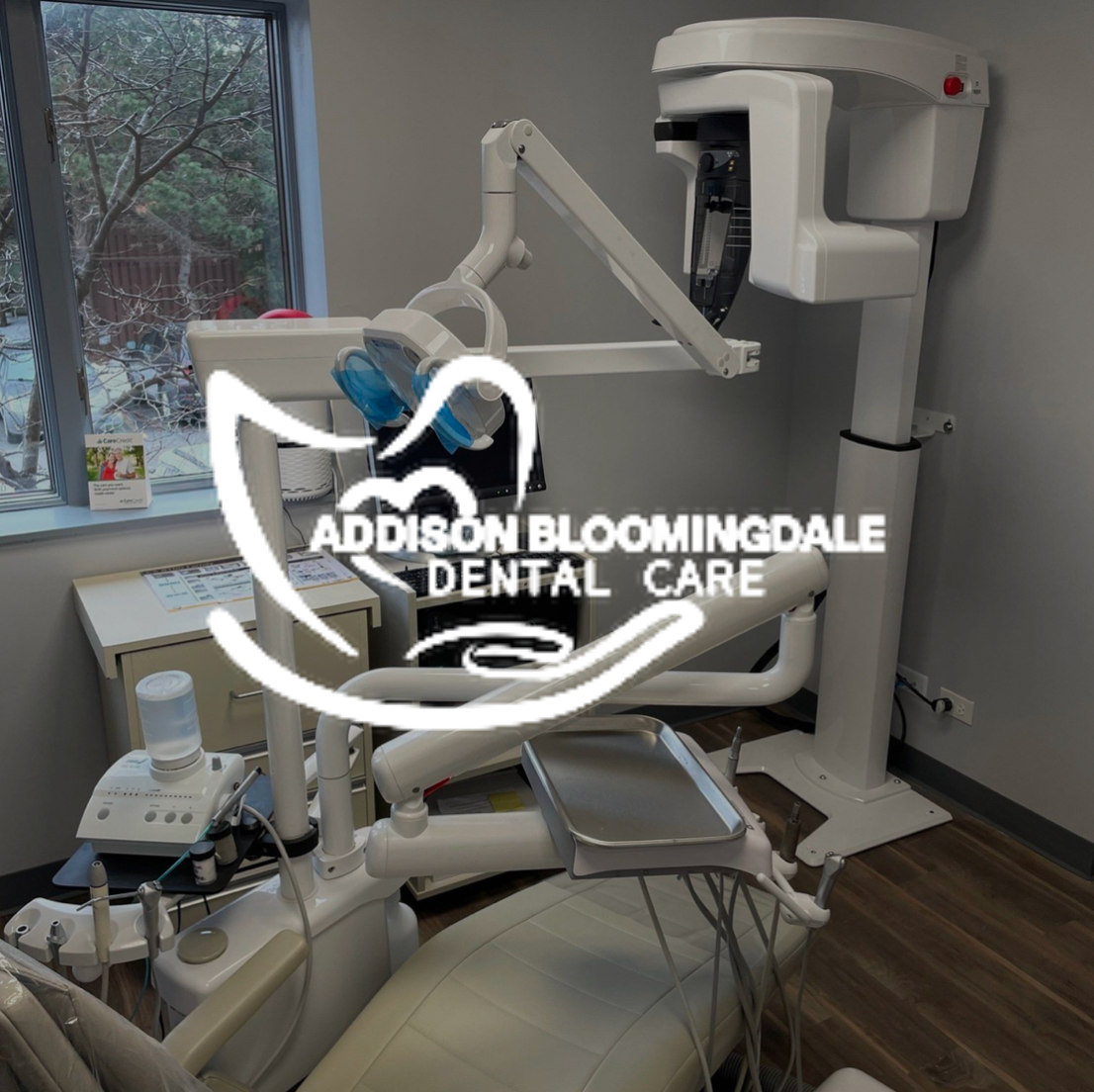By Archal Rami
•
09 Jun, 2021
The COVID-19 outbreak has wreaked financial havoc around the globe, leaving many small-business owners struggling in its wake. According to the National Federation of Independent Business (NFIB), as of March 30—still early in the crisis—92% of small businesses said they had suffered negative effects as a result of the pandemic. Just 5% of small-business owners said they had experienced no effects at all. The short term outlook looks very volatile, and this metric can only be determined when each industry is looked at individually. For the long term, there is lots of hope, but in order to understand how your business can react to your reopening, we must understand consumer trends after COVID 19. The virus is reshaping the industries in real time, rapidly accelerating long-term underlying trends in the space of mere weeks. Research indicates that new habits formed now will endure beyond this crisis, permanently changing what we value, how and where we shop, and how we live and work. Consumers are deeply concerned about the impact of COVID-19, both from a health and economic perspective. People are responding in a variety of ways and have differing attitudes, behaviors and purchasing habits. People across the globe are afraid as they strive to adapt to a new normal. Fear is running high as individuals contemplate what this crisis means for them, but more significantly, what it means for their families and friends, and society at large. Consumers are responding to the crisis in a variety of ways. Some feel anxious and worried, fueling panic-buying of staples and hygiene products. At the other extreme, some consumers remain indifferent to the pandemic and are continuing their business as usual, despite recommendations from government and health professionals. Companies will need to understand how their own consumers are reacting, and develop customized and personalized marketing strategies for each. The days of one-size-fits-all marketing are over. Certain industries may not suffer as much. A survey by Rami Consulting Group showed us that almost 50% of people plan to travel when shelter in place orders are lifted, while other plan to go out to eat, watch a movie, or go to the gym. There was a small percentage of 5% where people planned to not leave the house as much as possible. This research shows that most people will want to leave the house, We will be releasing a more in depth analysis on consumer trends, and a step by step reopening guide focused for small to medium sized businesses, so subscribe to RCG Insights below, and gain access to it. The Financial Damage The initial phase in building up a remaking plan for COVID-19 is deciding exactly how profoundly your private company has been influenced. There are various layers included, beginning with the hard numbers. In the event that you haven't refreshed your budget reports, for example, progit and loss or financial reports—as of late, it's useful to do that now. You would then be able to compare them with a year ago's numbers to see how much your business might be down. And keeping in mind that very little of business owners state they've profited by the pandemic, 3% as per the NFIB, it's conceivable that the harm probably won't be as awful as you might suspect. It also helps to consider what are the other ways your business has been affected. In epicenter areas like New York, a large portion of your customers might have moved away, been affected by COVID, or be in the portion of people that are scared to come back. In other areas, things are much more easier to come back to normal, as long as you still have the financial and physical capabilities to recover. Analyze Your Business Plan Advising a business to give your business plan another look is quite often a cliche, but it is a necessary step, when looked at the right way. When we advise our clients to look at their business plan, what we truly mean is to look at their strategy. If until now, strategy has been retail focused, or with a physical focus on door to door sales, or traditional marketing, it may be time to invest in digital marketing, focusing on acquiring customer using the internet. For small businesses, investing in a van and a driver to set up an eCommerce aspect of your business with a perk of same day delivery is one way to compete business like Amazon, and bring back market share in your local community. Redesign Your Business's Vision & Future Once a vision for the future is in place and the leadership team is on board, the next step forward is to invest in new capabilities that the business will need following the crisis. Recognizing this, one leading European credit and asset manager has already begun to think about what those capabilities will be. It began by asking its leadership team a series of questions meant to establish their new vision for the future and how it differs from what they had previously envisioned: Which existing trends will accelerate? Which ones will become obsolete? Which new ones must be contemplated? What, in short, are the scenarios to prepare for? This questionnaire should also be forwarded to essential employees, since lots of ideas are often left on the table from the lower parts of the management chain. We suggested a local restaurant to have an app created for them, and then market the app effectively to keep deliveries in house, since they already had their own delivery program. FInd your unique advantage, and exploit it. Check Your Budget Once the vision is in line, it is important to ensure that you have the financial means to execute these ideas. You may look to federal programs for small business loans, and have it forgiven if you meet the requirements. The challenge with both of those federally mandated programs, however, is that the funding is limited. It’s entirely possible that funding may be depleted before your application for a loan is ever reviewed. For this reason, it’s important to consider other sources of small business funding, including: Traditional SBA 7(a) loans and microloans Small business term loans from banks, credit unions and online lenders Business lines of credit Business credit cards Vendor tradelines Accounts receivable financing Merchant cash advances Inventory financing Purchase order financing Equipment financing Each option can have pros and cons. Accounts receivable financing and merchant cash advance financing, for example, can be convenient, and neither one requires perfect credit to qualify. Either could be useful for funding your business in the short term. But they both require that you have something to leverage, i.e., outstanding invoices and credit card sales, respectively. If sales are slow or nonexistent, you might have a hard time getting approved. Alternative financing options like these also can have much higher effective annual percentage rates compared to other types of small-business loans and lines of credit. If you’re considering financing to help rebuild, keep in mind that borrowing may be competitive, as lenders want some reassurance that loans can be repaid. Reviewing your business and personal credit scores, as well as your business and personal financials can help you gauge how likely you are to get approved for funding. Execute Once you have the financial means to execute, and you have the right vision and leaders in place, now its time to follow through with the updated business plan your created earlier. A basic outline that RCG likes to create for our clients is to start with is to look for market gaps, prepare your product/service, market using the internet (digital marketing), and find ways to acquire more revenue. Another aspect of looking at it, could be too boot strap expenses and just try to gain your old customer base back. The issue with this plan is that companies are often short on cash, and waiting until their old customer base comes back may mean that you'll run out of business soon. Asses, and Execute. Its that simple. Create a Contingency Plan Everyone thought that the United States was the most prepared country for a global outbreak, but turns we weren't as expected as we thought we were. Whether it be a market crash, or a second wave of the coronavirus, the reality is that an emergency can come along to disrupt your small business at any time. Using what you’ve learned during the current pandemic to prepare for the next crisis can help you insulate your business from future shocks. For instance, building up liquid cash savings may be a priority for your business if you had little or nothing set aside before the COVID-19 outbreak began. You may choose to focus on paying down your debt and trimming nonessential spending to keep your budget in check. Or you may need to find ways to help your staff work more efficiently to cut operating costs. The pandemic also may have taught you a thing or two about how important it is to be able to adapt and keep your business fluid so you can reasonably weather storms. For example, if your employees didn’t have the option to work remotely before, that’s something you may want to incorporate in your business model going forward. The more outside-the-box thinking you can do to prepare for a worst-case scenario, the better. Having a Plan B (and even a Plan C, D, E and F) can help improve your business’s odds of surviving—and eventually thriving again—during tough financial times

